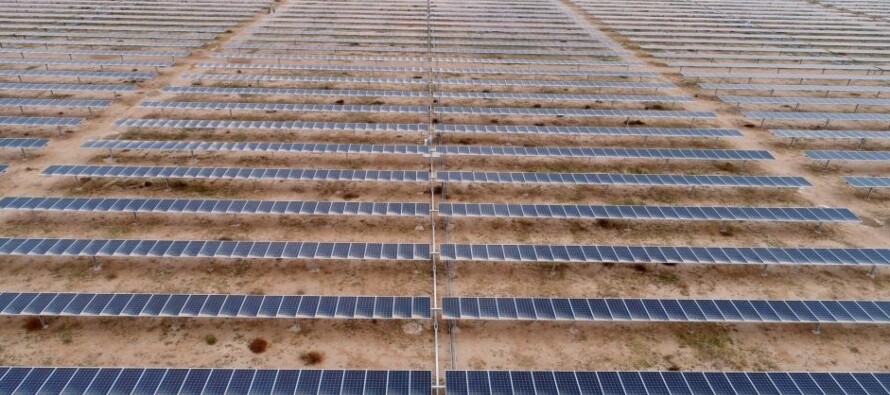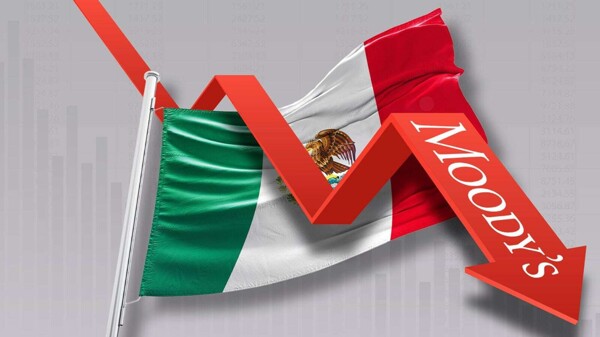
Latin America is gaining ground as a key destination for Chinese companies in the field of solar equipment. In this regard, Mexico leads the region in the adoption of this technology, followed by Brazil, Panama, Chile, and Colombia, according to an analysis by the Chinese company Solis Inverters.
The region has seen an increase in demand for solar inverters, devices that convert solar energy into electricity, especially in three-phase and hybrid equipment with energy storage. According to data from Mexico's Ministry of Energy, there has been a 3.5% growth in electricity demand between 2022 and 2023, while generation capacity has only increased by 0.6%. This underscores the need to diversify sources and invest in renewable energy, a goal that the Mexican government aims to achieve by 2030, with the objective of 45% coming from clean sources.
Sergio Rodríguez, service manager for Solis in Latin America, pointed out that Mexico has become one of the most attractive markets in the region for investment. Solis Inverters has exported over 100 gigawatts globally, of which 2 GW have been allocated to Mexico, representing more than 50% of the 3.3 GW of distributed generation in the country.
However, there are also challenges and regulatory changes in Mexico that may affect the market, such as the recent absorption of functions from the Energy Regulatory Commission by the Ministry of Energy. According to Rodríguez, this could slow down processes and increase bureaucracy, which in turn could lead to delays in large projects. Nevertheless, the review of the draft official Mexican standard for Photovoltaic Systems seeks to establish safety and performance requirements for panels, inverters, and mounting structures.
In Panama, solar energy is also gaining ground with 112.78 megawatts of distributed generation as of June 2024, mainly directed at the residential and commercial sectors, demonstrating the growth of photovoltaic solar energy in Latin America.














